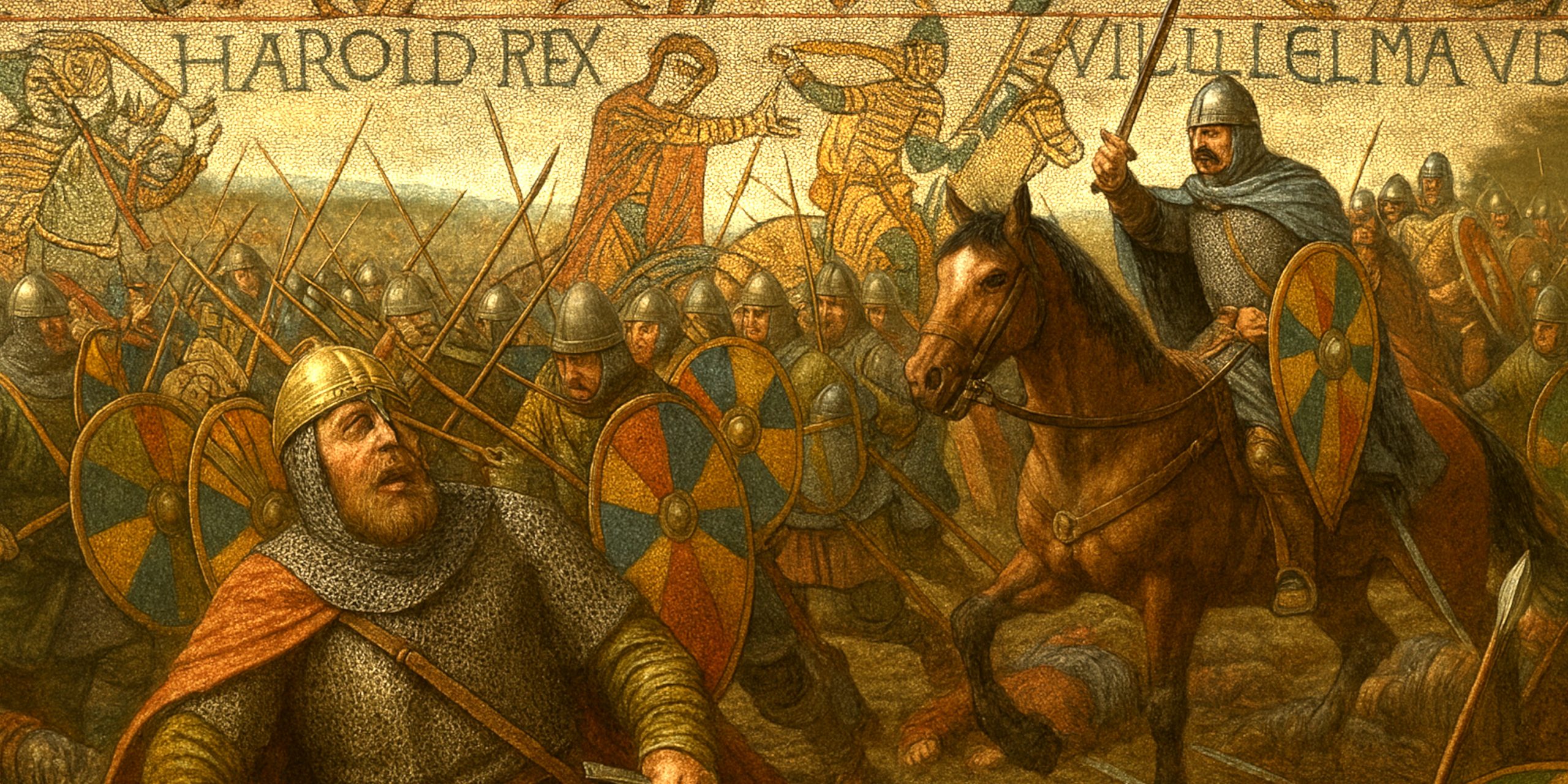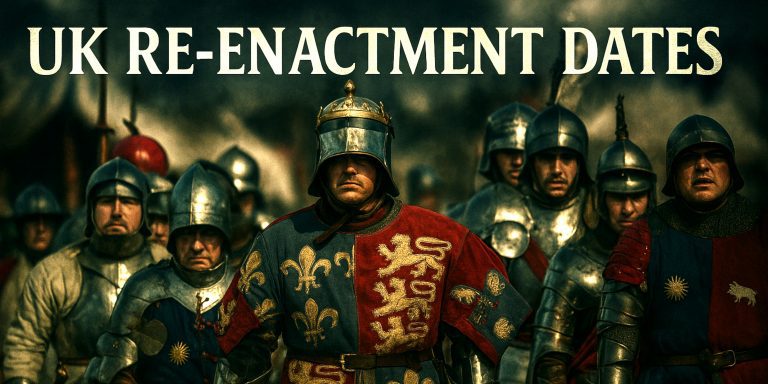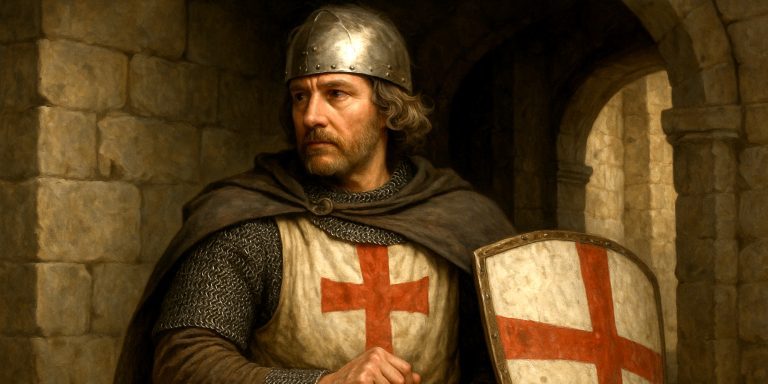
The Battle of Hastings, fought on 14 October 1066, is often viewed as a sharp turning point in English history. William, Duke of Normandy, defeated King Harold II and claimed the English throne, laying the groundwork for centuries of Norman influence. But despite its fame, many common beliefs about the battle are built on shaky ground. Here’s a breakdown of what’s firmly supported by evidence, and what has been exaggerated or misrepresented over time.
7 Verified Facts About the Battle of Hastings
1. It Took Place Near Hastings but Not in the Town Itself
The actual battlefield lies about seven miles from Hastings, near the present-day town of Battle, Sussex. The abbey built by William later marked the site.
2. The Normans Had Both Infantry and Cavalry
William’s forces included a professional cavalry contingent, which played a key role in outmanoeuvring Harold’s shield wall. This marked a contrast to Harold’s mostly infantry-based army.
3. Harold’s Army Was Tired from Forced Marches
Harold had just defeated the Norwegian invasion at Stamford Bridge and marched rapidly south to confront William, leaving little time to rest or gather reinforcements.
4. The Norman Army Included Mercenaries
William’s army was not solely Norman. It included Breton, Flemish, and other European soldiers who were promised spoils or land in return for their service.
5. The Battle Lasted All Day
Contemporary sources agree the fighting continued from early morning until dusk. This was unusually long for a medieval battle.
6. Feigned Retreats Played a Role
William’s forces reportedly used tactical feigned retreats to lure sections of Harold’s army out of formation, weakening the English shield wall.
7. The Outcome Changed the Course of English Rule
The battle directly led to the Norman conquest of England, resulting in a shift in aristocracy, architecture, language, and law.
7 Common Myths About the Battle of Hastings
1. Harold Was Killed by an Arrow to the Eye
The famous image in the Bayeux Tapestry is ambiguous. Contemporary written sources conflict on how he died. Some claim he was cut down in combat. The “arrow in the eye” motif likely evolved later for symbolic reasons.
2. William’s Claim to the Throne Was Widely Accepted
William claimed Harold had sworn loyalty to him, but this was far from universally accepted. Many Anglo-Saxons viewed Harold as the legitimate heir after Edward the Confessor’s death.
3. The English Army Was Entirely Made Up of Untrained Peasants
While Harold’s force did include the fyrd (levied men), his core troops were housecarls – seasoned professionals who had fought in major conflicts including Stamford Bridge.
4. William Was Crowned Immediately After the Battle
William wasn’t crowned until Christmas Day 1066, more than two months after the battle. It took time to secure London and gain submission from key nobles.
5. The Battle Was a Clash Between Civilisation and Barbarism
This framing comes from later Norman chroniclers. In reality, both armies were Christian, feudal in structure, and equipped with comparable arms and armour.
6. It Was the Only Battle William Fought for the Throne
The conquest did not end with Hastings. William faced several uprisings and had to assert control over the north and other regions in the years that followed.
7. The Bayeux Tapestry Is a Completely Accurate Record
The tapestry, while a valuable source, is also a piece of Norman propaganda. It omits key details and frames events in a way that favours William’s legitimacy.
The Seven Swords Takeaway
The Battle of Hastings is a landmark in English history, but it’s also surrounded by half-truths and mythmaking. Understanding what really happened requires peeling back the layers of legend to examine the evidence. While the core facts of the battle are well supported, many popular images of the clash owe more to later storytelling than historical record.
Watch the documentary:



